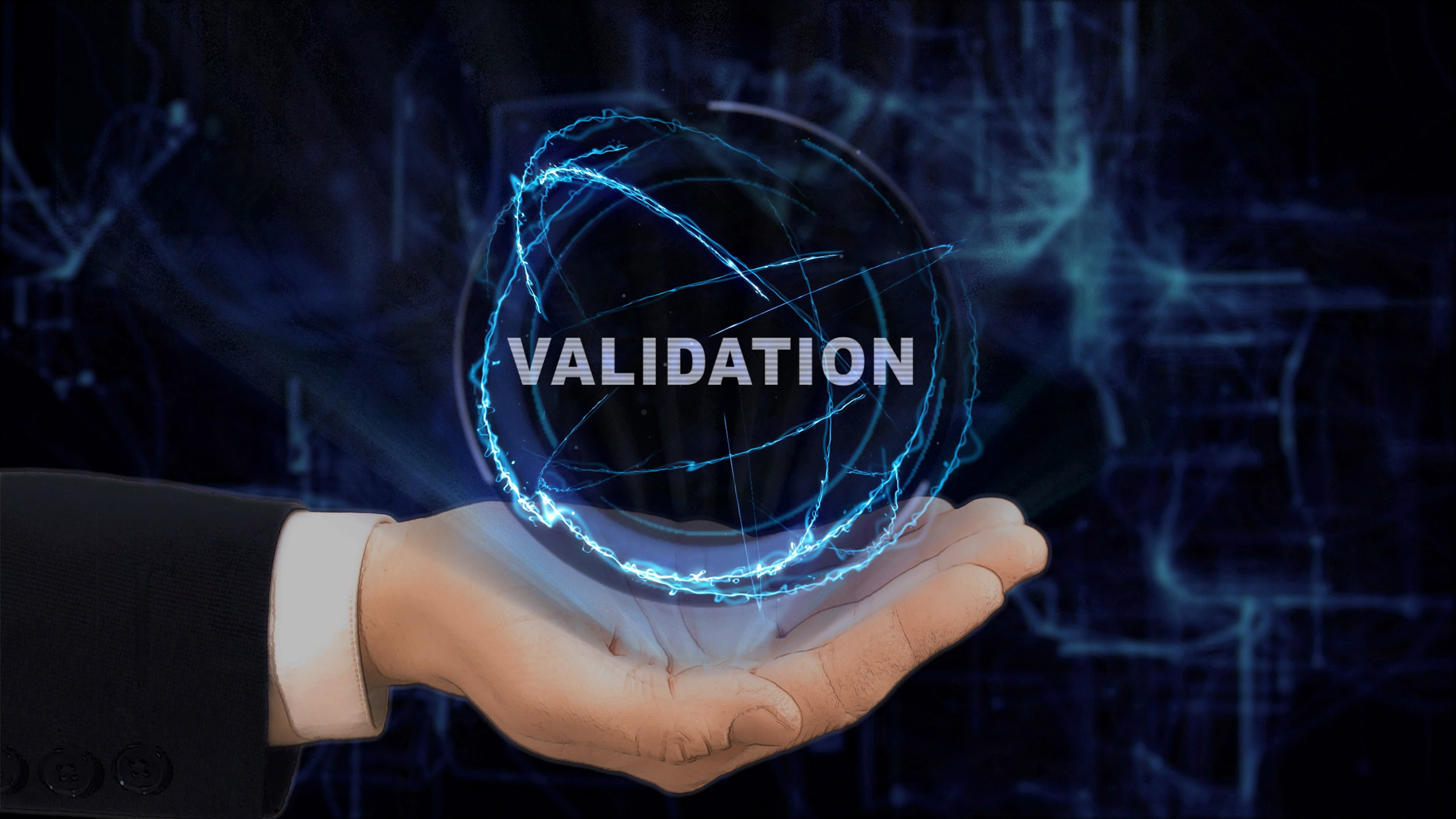
An audit program implemented by UofL Health proved beneficial in finding deviations of practice in high-level disinfection (HLD), enhancing communication among team members and enabling them to address barriers — both real and perceived.
Researchers shared the results of the program as well as their implementation methods in a poster presented at the APIC Annual Conference.
Audits focused on key departments, including endoscopy, which improved compliance by more than 5 percent (from 91.2 percent to 96.8 percent). Other departments audited included transesophageal echocardiogram, ultrasound and areas using liquid high-level disinfectants. Compliance increased across each group.
“Implementation of a routine audit program with actionable follow-up increased overall compliance for departments utilizing high-level disinfection while providing a tool for sustainability,” the poster concludes. “An audit program is beneficial to ensure safe patient care by staying current and compliant on HLD standards, recommendations, and best practices.”
A process review noted practice inconsistencies between departments, so the health system developed and implemented the auditing program to improve consistency, ensure best practices and provide support to its staff. Auditing tools were developed by reviewing industry recommendations, regulatory standards and manufacturers’ instructions for use.
The program included a compliance-based audit schedule to ensure routine monitoring. Its findings were labeled as either general or critical and each required an action plan and a follow-up from department leadership.
Reducing pathogen transmission from medical devices is a focus of the healthcare industry, according to the researchers. HLD is a common yet complex method of reprocessing devices that requires particular attention to detail regarding the temperature at which it is done, concentration of disinfectant, and exposure times. Proper training time and competency help to ensure this process is done correctly.
A recent update to prominent endoscope reprocessing guidelines classifies flexible scopes — including duodenoscopes, bronchoscopes, ureteroscopes and cystoscopes — as “high-risk” and requiring sterilization rather than HLD.
Professionals from UofL Health presented another poster at the APIC conference examining how the system decreased sterile processing errors through process standardization and the addition of an educational orientation program.


